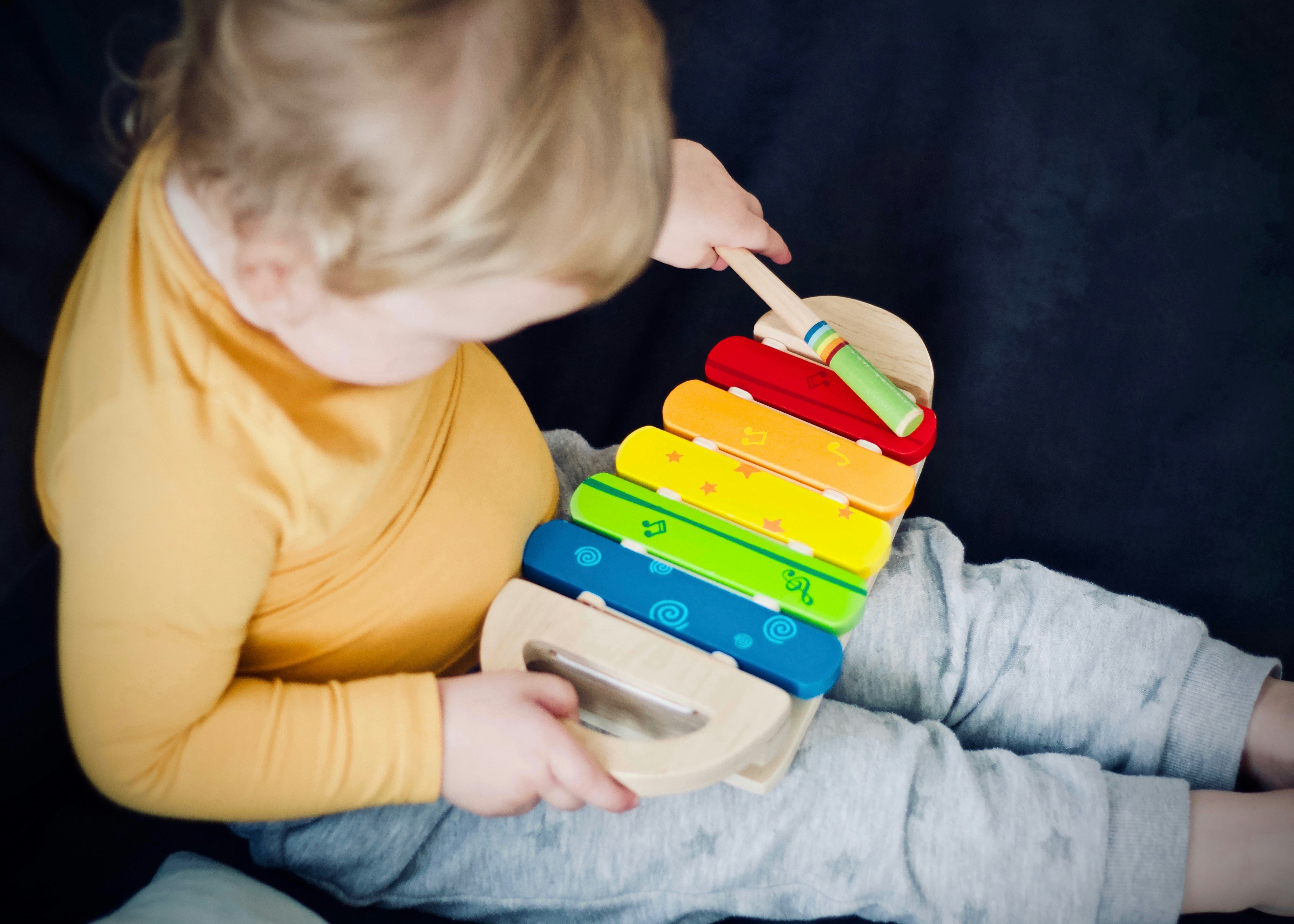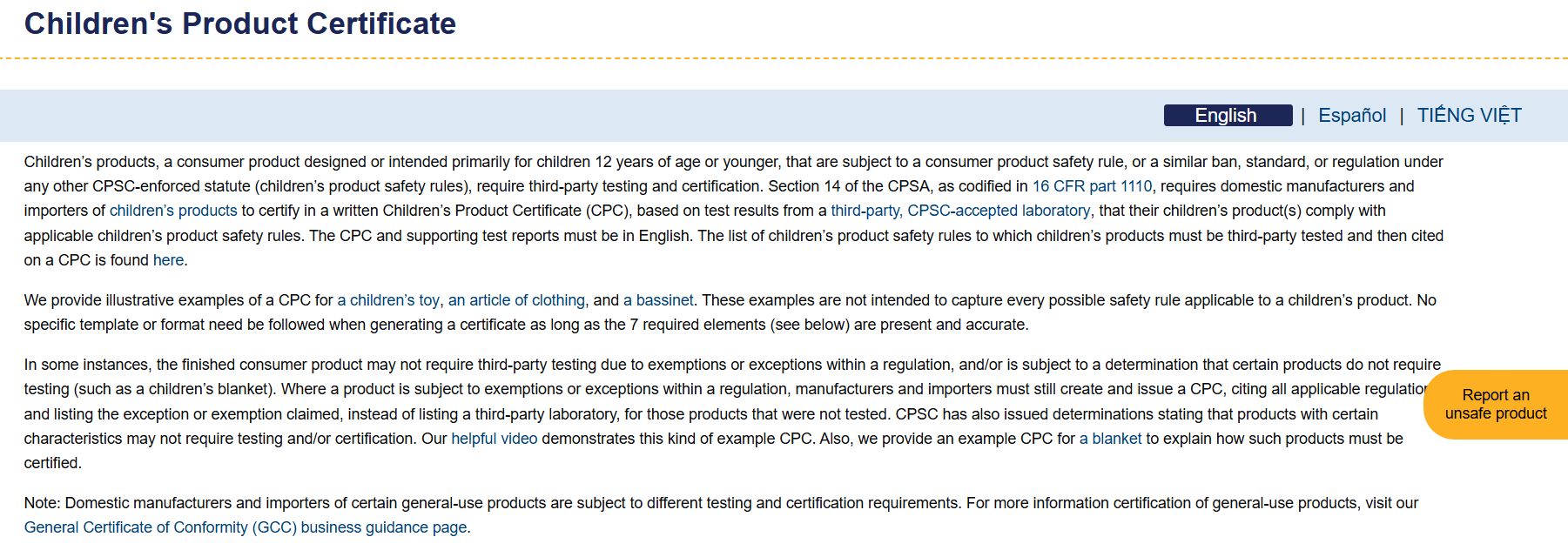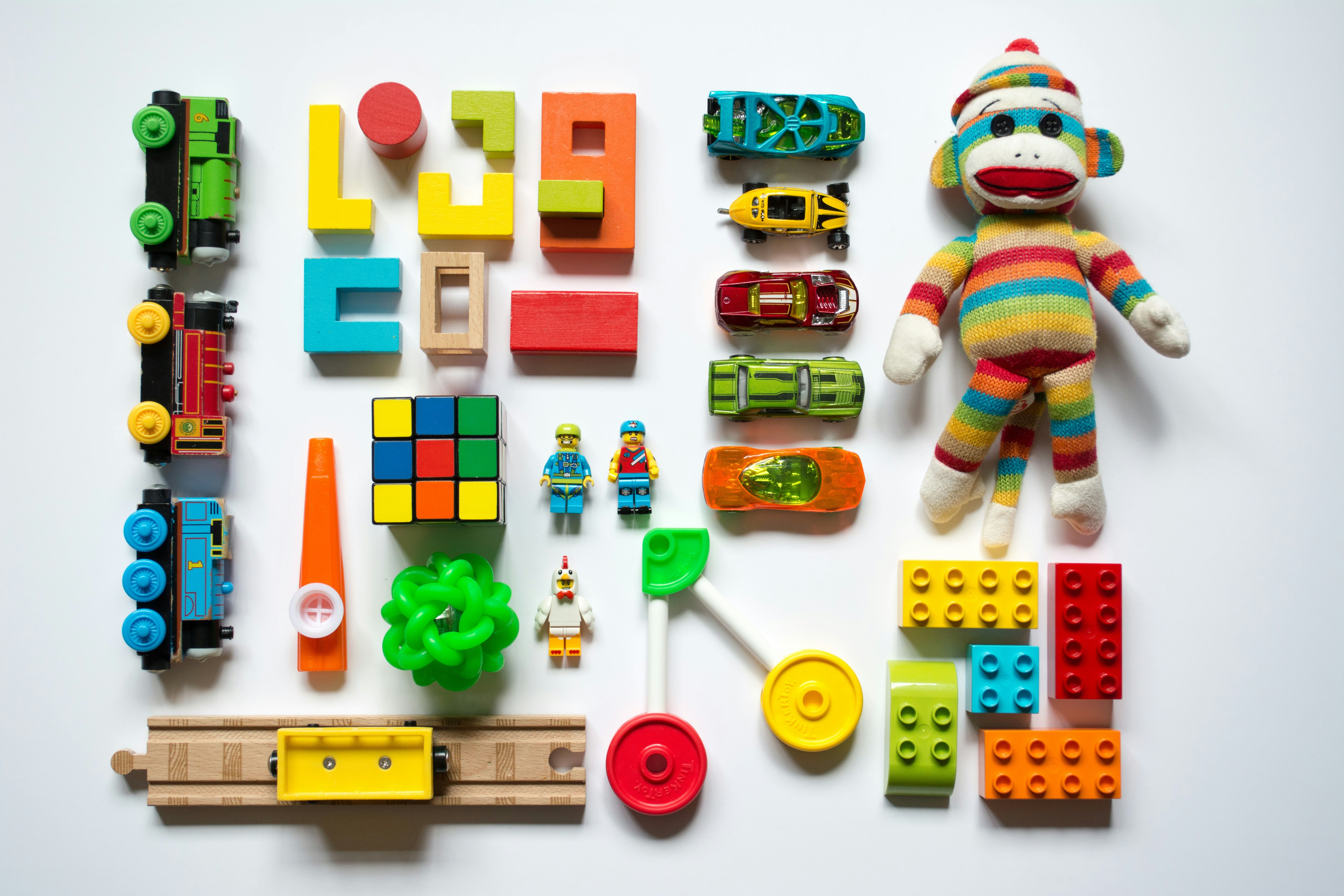English
How to Import Toys to the USA: A Comprehensive Guide
Introduction
Importing toys into the USA can be a profitable business, but it requires a thorough understanding of regulations, compliance standards, logistics, and costs. In this guide, we'll walk you through the essential steps, legal requirements, and best practices to ensure a smooth import process when you import toys. Whether you're a toy distributor, wholesaler, or retailer, mastering these procedures will help you stay compliant and competitive in the U.S. market.
Understanding Toy Import Regulations in the USA
Every toy sold in the U.S. must meet the requirements of the Consumer Product Safety Improvement Act (CPSIA), a federal law enforced by the Consumer Product Safety Commission (CPSC). This means all children's products must undergo third-party testing at CPSC-approved laboratories to ensure compliance with safety standards. Once tested, the toy will receive a Children's Product Certificate (CPC), which must accompany the product.
What Qualifies as a Children's Product?
The CPSC outlines a process for determining whether a product qualifies as a children's product. Factors considered include:
-
Manufacturer's Intent: The intended age group based on labeling and packaging.
-
Consumer Recognition: Whether the product is commonly understood as suitable for children under 12.
-
Age Determination Guidelines: Toys must meet specific testing requirements based on age classification. These guidelines are available at CPSC Age Determination Guidelines.

Key Safety Standards for Importing Toys
Toys imported into the U.S. must meet the following safety standards. You need to figure out the type of your imported products and choose the right testing standards.:
-
ASTM F963-17 Compliance: This mandatory toy standard ensures products meet safety guidelines related to design, construction, and materials.
-
Lead and Phthalates Testing: Toys must comply with CPSIA Section 101 for lead content and 16 CFR 1307 for phthalate restrictions to prevent harmful chemical exposure.
-
FCC Compliance for Remote-Controlled Toys: Any toy with remote control must meet 47 CFR Part 15 standards to ensure safe electronic emissions.
-
Battery Regulations: If the toy contains batteries, it must comply with Public Law 104-142, which regulates battery safety and labeling.
Mandatory Third-Party Testing
All imported toys must undergo third-party testing by a CPSC-accredited laboratory to ensure they meet safety guidelines. Testing evaluates:
-
Durability and mechanical hazards.
-
Chemical safety, including lead and phthalate content.
-
Flammability compliance.
A complete list of CPSC-approved testing labs can be found here: CPSC Lab Search.
Certification and Documentation for Toy Imports
1. Children's Product Certificate (CPC)
Before a children's product can enter the U.S. market, the importer must issue a Children's Product Certificate (CPC) verifying that the product meets all relevant safety standards. This document should include:
-
A description of the product being certified.
-
A list of applicable safety regulations with specific references.
-
The name of the importer responsible for compliance.
-
Contact details of the individual overseeing test records.
-
Manufacturing date and location.
-
Testing date and location.
-
The accredited third-party lab that conducted the safety tests.
Comprehensive CPC guidelines and templates are available at: CPSC CPC Guidelines.
2. Tracking Label Requirements
Every imported toy must feature a tracking label on its packaging and, where feasible, on the product itself. This label must include:
-
Production date and location.
-
Batch or run number.
-
Manufacturer's identifying mark for traceability.
More details on labeling requirements can be found here: CPSC Labeling Rules.

Special Requirements for Infant and Toddler Toys
Toys designed for infants (under 3 years old) and toddlers (under 5 years old) are subject to even more stringent regulations. Examples include:
-
Carriages and Strollers
-
Infant Bath Seats
-
Stationary Activity Centers
- Infant Walkers
These products must comply with the Small Parts Regulation, which prevents choking hazards. A toy is considered unsafe if any part of it fits into a specially designed test cylinder that mimics a child's throat. Detailed guidelines on the Small Parts Regulation can be found here: Small Parts Safety Guide.
Additionally, toys for infants and toddlers must include a postage-paid product registration card to facilitate recalls. Registration cards must include:
-
Manufacturer's contact details.
-
Model number and manufacturing date.
-
Consumer registration fields.
Further details on registration card requirements can be accessed here: CPSC Registration Guidelines.
HS Code Classification and Import Duties for Toys
Toys are classified under HS Code 9503.00.00 in the U.S. Harmonized Tariff Schedule. Most toys are duty-free; however, they are still subject to additional fees, including:
-
Merchandise Processing Fee (MPF).
-
Harbor Maintenance Fee (HMF).
Copyright and Trademark Considerations for Imported Toys
In addition to safety compliance, importers must be mindful of intellectual property laws. Toys featuring copyrighted designs, characters, or trademarks require authorization from the rights holder. Unauthorized imports risk being seized by U.S. Customs.
To avoid intellectual property violations:
-
Search the Customs IPR Database before importing.
-
Obtain a licensing agreement for copyrighted or trademarked designs.
Steps to Import Toys into the USA
1. Research and Identify Your Toy Suppliers
Choosing the right manufacturer is crucial. When selecting suppliers from China or other countries, ensure they meet CPSC and ASTM standards. Request compliance certifications and testing reports before placing an order.
2. Determine the Correct HS Code
The Harmonized System (HS) Code is used by CBP to classify and determine duties on imported toys. Common toy HS codes include:
-
9503.00 (Toys, dolls, puzzles, and stuffed animals)
-
9504.90 (Video game accessories and other entertainment items)
3. Arrange for Toy Safety Testing
All toys must undergo third-party testing by a CPSC-accredited laboratory. Testing is required before the toys are shipped to ensure they meet U.S. safety regulations.
4. Prepare Required Documentation
Importers must submit several key documents, including:
-
Bill of Lading (BOL): Proof of shipment details.
-
Commercial Invoice: Includes the toy's description, value, and supplier details.
-
Packing List: Provides information about the packaging and quantity.
-
CPSC Certification (Children's Product Certificate - CPC): Confirms compliance with safety standards.
-
Customs Entry Forms (CBP 7501): Declares toy details to U.S. Customs.
5. File for Customs Clearance
Hiring a licensed customs broker can simplify the process. Brokers help file an Import Entry (CBP Form 7501) and ensure the toy shipment clears customs smoothly.
6. Pay Import Duties and Taxes
Toy import duties depend on the HS code and the country of origin. The U.S. has varying tariffs, and some countries may benefit from trade agreements that reduce duty fees.
7. Arrange for Transportation and Warehousing
Once your toys clear customs, you need to decide on shipping methods:
-
Air Freight: Faster but more expensive.
-
Ocean Freight: Cost-effective for bulk orders but slower.
You also need a reliable warehouse in the U.S. to store your products before distribution.

Common Challenges When Importing Toys (And How to Overcome Them)
1. Compliance Issues
-
Solution: Work only with manufacturers who provide CPSC and ASTM compliance documentation.
2. High Customs Duties
-
Solution: Check if your supplier's country qualifies for lower tariffs under U.S. trade agreements.
3. Shipping Delays
-
Solution: Plan ahead and use freight forwarders with experience in toy imports.
4. Product Recalls
-
Solution: Conduct frequent quality checks and ensure proper labeling
Partner with Zhorya for Reliable Toy Imports
Navigating the complexities of toy imports requires expertise, compliance, and a reliable supply chain. At Zhorya, we've built our wholesale toy distribution business on helping retailers and distributors successfully bring toys into the U.S. market. Our carefully curated selection features only high-quality, safety-certified products that meet all CPSC and ASTM standards - giving you confidence in every shipment.
Whether you're a distributor, wholesaler, or retailer, Zhorya provides the right solutions to streamline your import process. Explore our wide range of toys today and experience a seamless import journey with us!